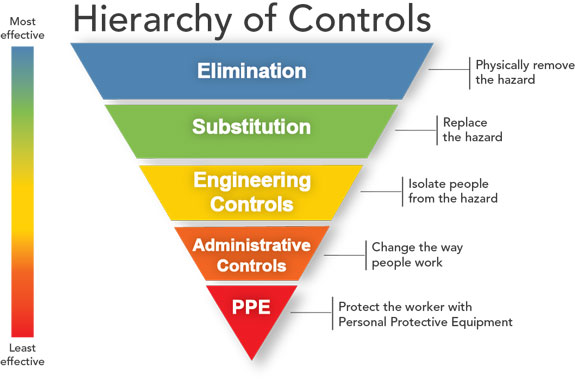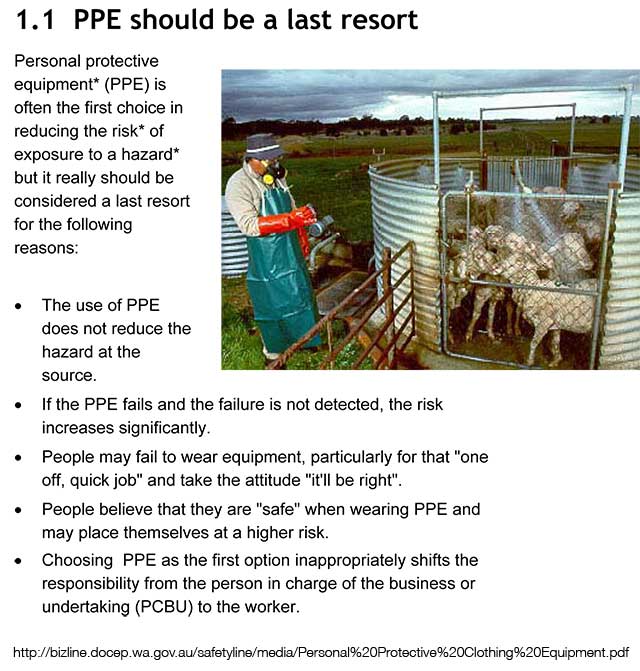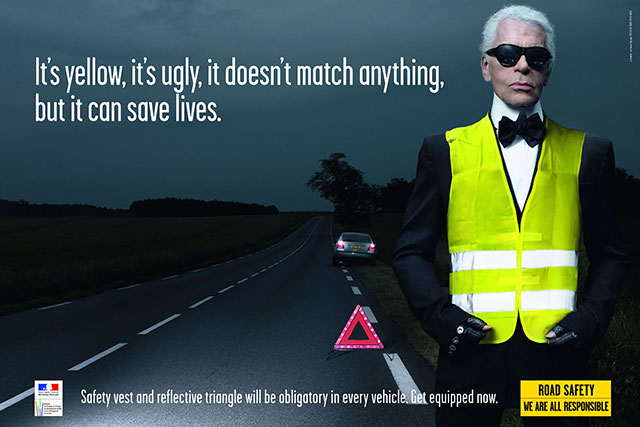It's been millennia since our furry forebears stood upright and started to walk on two legs. It's at the same time a wonderfully complex yet elegantly simple skill that can be mastered by very young children; indeed mastery of walking is accepted as an important developmental milestone.
Walking is the most natural and normal way for humans to get around. Yet in recent years, it has become less than normal, especially for kids getting to and from school. I find this pretty sad, especially given the role that active transport could play in preventing obesity and related condition and complications.
So I was gobsmacked when I heard about this high visibility champaign in the UK to encourage children to wear bright clothes. In other words, let's take a perfectly normal and natural activity that's already on the wane and make it even more strange and inaccessible by adding weird clothing.
This is bonkers.
Safety theatre
This is basically (to adapt Bruce Schneier's term) "safety theatre": some sort of measure that apparently improves safety while actually doing nothing—or even making the situation worse.
There are three pairs of related factors at play here:
-
Hi viz clothing is the least effective of safety measures on the hierarchy of hazard controls.
And yet:
On the roads, it seems that safety measures for the most vulnerable road users begin and end with hi viz. -
A vulnerable road user in hi viz clothing is susceptible to risk compensation.
Coupled with:
Near-ubiquity of hi viz clothing on kids, leads to (perceived) predictability, leads to risk compensation in drivers. -
Pushing kids to wear hi viz clothing makes what is fundamentally a safe and healthy activity appear far more dangerous than it actually is.
And as a result:
Parents are going to be even less likely to allow their kids to walk to and from school.
The hierarchy of hazard control
High visibility garments come from risky workplaces, where they are designated as 'personal protective equipment' (PPE), that is stuff worn by the person who is at risk to protect them from danger (so PPE also inclues things like safety glasses, ear protection, gloves, hard hats, and breathing masks and respirators).
In the workplace, PPE is at the bottom of the hierarchy of hazard controls:
 Methods at the top are generally more effective than those at the bottom
Methods at the top are generally more effective than those at the bottom
PPE does almost nothing to remove or mitigate the risk itself. It is a last line of defence, and should only be deployed where other actions in the hierarchy of hazards control have been implemented and found inadequate to protect people; the need for PPE should be a sign that those other measures have failed.

The problem is that PPE often gets used as the first and only risk reduction measure. It puts all of the onus on the vulnerable to protect themselves from a threat that can probably be reduced or eliminated entirely by the other measures in the hierarchy of hazard controls. And this is where the focus of campaigning effort should be, because putting the kids in hi viz is effectively a 'get out of jail' card for legislators, traffic planners, road engineers, police, and drivers—all of whom could do something to reduce the risks to the kids.
When we wrap up the most vulnerable road users in PPE and announce 'mission accomplished' on their safety, the illusion that is safety theatre is complete.
Let's make it cool
In any case, for PPE to be effective, it relies on the wearer to use it every time and correctly. Beyond getting PPE on correctly (ever seen someone wearing a bike helmet that was the wrong size, poorly fitted, or on backwards?) the bigger problem is getting it on to the kids at all.
Enter the idea of making PPE "cool".
The mother driving this campaign said she wants to make high visibility clothing "cool" for kids, an admirable idea if you want to get kids to wear it regularly. I just have four small points to make about it:
- Good
- Luck
- With
- That
Kids aren't stupid. By no measure is safety gear ever "cool".
I commute by bike all year round, including in the depths of winter when the rides both to and from work are in the dark or under limited lighting conditions. When riding in these conditions I wear retro-reflective clothing. But I'm under no illusion that my PPE is a fashion statement—more of a fashion insult.
But I'm congenitally sartorially impaired, so what do I know? Let's take it from someone whose very raison d'être is to be on the cutting edge of style: Karl Lagerfeld. For a 2008 safety campaign in France, Lagerfeld was not able to find a way to make high visibility vests stylish.

I note in passing that Lagerfeld's is the best fitting safety vest I've ever seen. But it's not cool. If Karl Lagerfeld can't find a way to make hi viz gear cool, I'm not confident that a British stonemason who uses the phrase "hip and happening" can make the breakthrough.
In short, it's laughable.
Compulsion and risk compensation
So maybe we should make PPE compulsory for vulnerable road users? Of course, making something compulsory has rarely, if ever, been the path to cool. It's not even a guarantee of compliance, and even if it were there are still those problems such as inept usage or undetected failure that diminish the effectiveness of PPE.
But let's say we get the kids to wear their hi viz kit, what now? Well, risk compensation most likely. Kids (and perhaps even parents), believing that their magic vest makes them invincible, adjust their behaviour to be a little bit more risky. Oversimplification, perhaps, but that's basically it.
The beauty of risk compensation is that it works for drivers as well: drivers are also free to slightly increase their risky behaviour if they are confident that any little kids that might come bouncing onto the road will be wrapped in day-glo fluro.
De-normalising what's natural
The thing I find most harmful about this concept is that it de-normalises something that is so simple and natural. We already have a problem with parental fears over kids' independence and physical activity without further discouraging walking to school.
If a kid wants to walk to school but they have to wear a dorky jacket to do so, that enthusiasm is soon going to die. On the other hand, getting an unwilling kid to participate in active transport has just got a whole lot harder if they have to wear a dorky jacket to do so.
The minuscule risk that might be eliminated by the wearing of hi viz is completely washed away by the health risks associated with discouraging active transport.
And frankly, that turns my stomach.